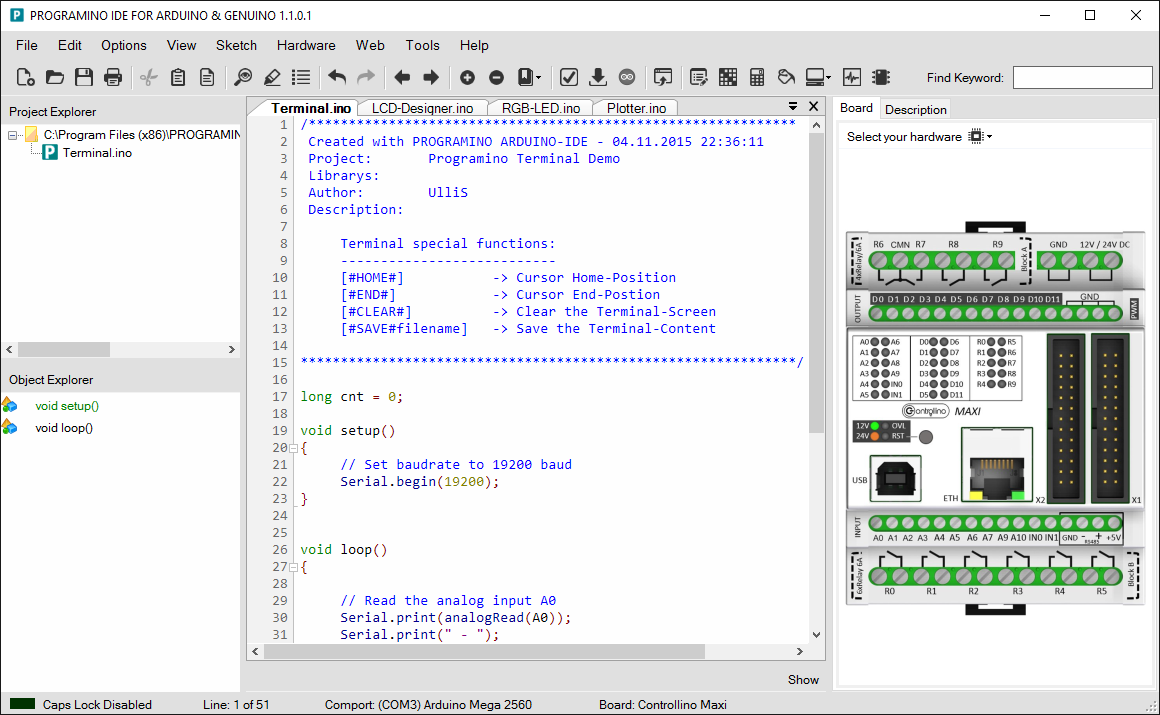

You will not be able to write a non-blocking function that replaces delay. This example can be opened from the menu: File > Examples > SPI > DigitalPotControl. That is about as far as you can go with a delay () idea. To allow other libraries to use the SPI bus. Normally this is called after de-asserting the chip select, When only reception is needed,Ġ or 255 is transmitted to cause the reception. Transmit a byte from master to slave, and simultaneously receive a byte from slave to master.Īt the same time, but often the received byte is ignored. Methods of Setting a Product The communication timeouts and the delay times set for Delta control products are different. The SS pin before the transfer begins (most chips use LOW during the transfer)Īnd write it again after the last byte, to end the transfer. Most SPI devices define a transfer of multiple bytes. The clock speed should be the maximum speed the SPI slave device can accept. (MSBFIRST or LSBFIRST) and data mode (SPI_MODE0, SPI_MODE1, SPI_MODE2, or SPI_MODE3). The SPI is configured to use the clock, data order Normally this is called before asserting the chip select beginTransaction( SPISettings(clockspeed, MSBFIRST, SPI_MODE0))īegin using the SPI bus. To register the interrupt number or name with the SPI library. If your program will perform SPI transactions within an interrupt, call this function The SCK, MOSI and MISO pins are initialized. Teensy 3.0, 3.1, 3.2 can use an alternate set of SPI pins see below.Ĭall this function first, to initialize the SPI hardware. Multiple SPI devices use the same SPI SCK, MISO and MOSI signals but each device will need it's own SS pin.Īrduino automatically defines "SS", "SCK", "MOSI", and "MISO" as the pin Thus, some chips need only 3 or even 2 of these signals a display, for example, will use MOSI but not MISO, as it is an output only device. To talk to only one of several slaves, the Slave Select (SS) pin is used. Master In Slave Out (MISO) is how slaves send data back to the master. Take a look at the 'blink without delay' example included with the IDE. Master Out Slave In (MOSI) sends data from the SPI master to one or more slaves. const long Interval (160 1000UL) You can also. Polliwog: Im wondering which I should use to put a one minute delay between random case selection. These new transaction functions prevent SPI bus conflicts, so their use it recommended for all new projects. delay (60 1000ul) anon57585045 May 19, 2020, 3:00am 9. This page documents a newer SPI library, released in Arduino 1.0.6 and Teensyduino 1.20, with beginTransaction() and endTransaction(). While you can use SPI directly, other libraries which addĬhip specific features are more commonly used.Ī library for fast communication between Teensy boards, by Antonio Brewer (tonton81), supports both SPI master and slave modes.Ī faster SPI library for Teensy 3.0 is available. Often SPI is used by other libraries (like Ethernet) which provide easy access toĪ specific SPI device. For alternative approaches to controlling timing see the Blink Without Delay sketch, which loops, polling the millis () function until enough time has elapsed. Only SPI master mode is supported, for control of SPI peripheral chips.

For portability it's a good idea to use the standard std::this_thread::sleep_for, but the platform functions can be used if it's not available for whatever reason (using C++03 or earlier, no standard library, etc).The SPI library allows you to communicate with one or more SPI (Serial Peripheral Interface) devices.
Arduino delay alternative windows#
Most commonly you'll come across the Windows Sleep or the POSIX sleep, usleep, and nanosleep.

There are also similar functions supplied by various platform APIs. GUI toolkits usually provide their own safe alternatives that let them continue to process events and avoid that problem. Std::this_thread::sleep_for(std::chrono::seconds(1)) īe careful using this in event-driven contexts such as GUI threads, since it could prevent events from being handled in a timely manner and cause your application to hang or be killed by the OS. It suspends the current thread for the duration specified.įor example, this would print "Before", wait one second, and then print "After": #include Std::this_thread::sleep_for is the standard equivalent.


 0 kommentar(er)
0 kommentar(er)
